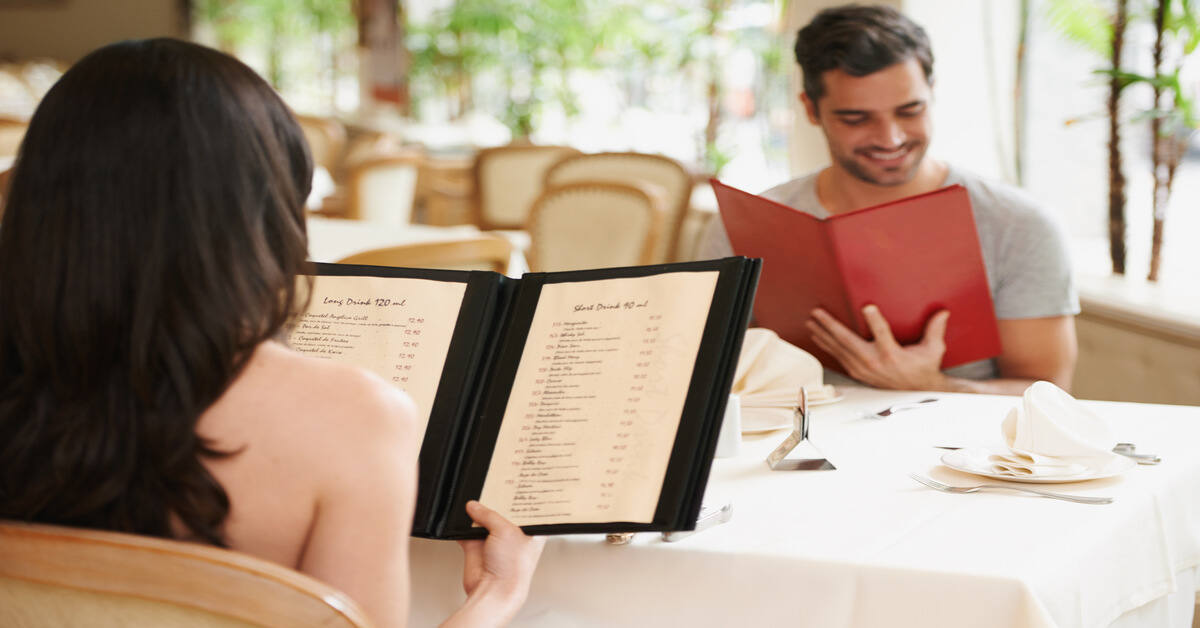
Restaurant Review Writing: A Beginner’s Comprehensive Guide
Restaurant reviews are not a simple task of whether the food was good or bad. It is storytelling, the idea of immersing the reader in the entire experience of a dined meal to an extent that he will be able to feel the food in his mouth. You may be a food blogger, a journalist, or just a diner who enjoys going to restaurants, but you should learn how to make your writing of a restaurant review structured and purposeful so that you can share your experience in an understandable and innovative way.
This guide will be divided into every step, starting with your first impression all the way to your last paragraph, to write reviews which are interesting and informative at the same time.
Step 1: Do Your Homework
You do not need to go to a restaurant without having a few minutes to get to know more about it. What’s the concept? Who’s the chef? What type of food do they offer? The background of the restaurant is a factor that will make you place your readers into context.
And perhaps you could go to their social media or their site to learn their philosophy, is it a farm-to-table place, is it a fine-dining venue, or is it a local hangout? This study provides you with an understanding to judge the food in a more decent manner.
Step 2: Pay Attention to First Impressions
The moment you step inside, take note of everything: the atmosphere, the lighting, the music, and the overall vibe. These details set the tone for the entire meal.
Ask yourself:
- Was the staff welcoming?
- Did the décor reflect the restaurant’s style?
- Was the environment clean, organized, and inviting?
These elements may seem minor, but they influence how diners experience their meal, and your readers will appreciate those insights.
Step 3: Observe the Service
Even a simple meal can be made into a good one through good service. Test the level of attentiveness and knowledge of the servers.
Are they descriptive of the menu? Do they behave politely and effectively? Are they professional in responding or addressing matters?
Reviewing the service also brings a human touch to your service description, as the reader needs to know what they will be eating, but how they will be treated.
Step 4: Focus on the Food
And now we come to the main part of your review: the food. It is good to have a description of the presentation and aroma first before you take your first bite. Descriptive information is used to create a vivid picture.
Next, assess the tastes, textures, and the balance of every dish. Was it well-seasoned? Was the portion size fair? Was it as promised in the menu?
It is also possible to contrast the outstanding meals with the reputation of the restaurant. As an example, in the case when a place is known to have wood-fired pizza, did it meet expectations? Don’t overlook any artistic flourishes, a surprise garnish, a special ingredient or an ingenious way of serving your food can leave your review imprinted.
Step 5: Consider the Value
Readers appreciate knowing whether a restaurant is worth the price. This doesn’t mean everything needs to be cheap, value is about quality for the cost.
Ask yourself:
- Did the food justify the price?
- Were the portion sizes reasonable?
- Would I come back again and pay the same amount?
Being transparent about value helps your readers make informed dining choices.
Step 6: Capture the Details
Any good review is constructed through details. Note down the name of dishes, price as well as the time of your visit. State the location, opening hours and any specialties of the restaurant.
Do not be a generalist, but do not say: the dessert was good; describe the chocolate mousse as rich and silky and in the right degree of sweetness. Your review comes out professional and credible through specific descriptions.
Step 7: Write with Voice and Balance
When you write a restaurant review, your goal is to inform and entertain. Let your personality shine through, but stay objective. Praise what deserves praise and offer gentle, constructive criticism where needed.
Avoid overly negative tones; instead, explain why something didn’t work. For example:
- Instead of “The soup was terrible,” write “The soup was a bit salty for my taste, which overpowered the delicate vegetable flavors.”
This approach makes your review fair and credible.
Step 8: Structure Your Review
A clear structure makes your review easier to read. Here’s a simple format that works for beginners:
- Introduction – Set the scene and explain why you chose the restaurant.
- Ambiance & Service – Describe the setting and staff.
- Food Review – Discuss taste, presentation, and highlights.
- Value & Verdict – Evaluate price and experience.
- Conclusion – Offer a short summary or recommendation.
Once you’ve finished writing, reread your review to ensure flow, clarity, and accuracy.
Step 9: Add Photos (If Applicable)
In the current digital era, pictures give credibility. Add some properly shot pictures of your meals, the interior of the restaurant or even the plating.
Do not over-edit or filter pictures on filters that distort colors, authenticity is essential.
Step 10: End with a Takeaway
Conclude your review with a short summary. Recommendation of the restaurant? Which of these groups would like it the most, families, couples or food fans?
This is a final touch that makes the readers determine whether it is a place they will wish to visit.
FAQs
1. How long should a restaurant review be?
A good restaurant review is typically between 500–900 words. It’s long enough to cover key points like food, service, and value but short enough to keep readers engaged.
2. Can I write a review if I’m not a professional food critic?
Absolutely! Anyone can learn how to write a restaurant review with practice. Focus on honesty, clear observations, and descriptive language, that’s what readers connect with most.
3. Should I mention negative experiences?
Yes, but do it respectfully. Highlight areas that could improve without being harsh or unfair. Constructive feedback adds authenticity to your review.
Final Thoughts
It is not just a question of learning to write a review of a restaurant meal, but rather of describing a restaurant experience. It is possible to use a mixture of descriptive writing and fairness and discernment to succeed in steering the readers to new heights in terms of food experiences.
When you check a five-star restaurant or a local hidden restaurant, keep in mind that your opinion is valuable. After every review, you will improve as a writer and increase your appreciation of food and culture.
Go and write your story, go to the next good restaurant of your choice, and begin writing your next great review.





